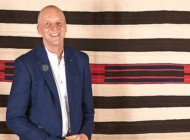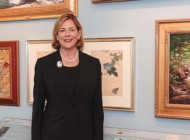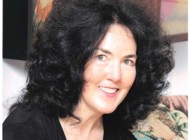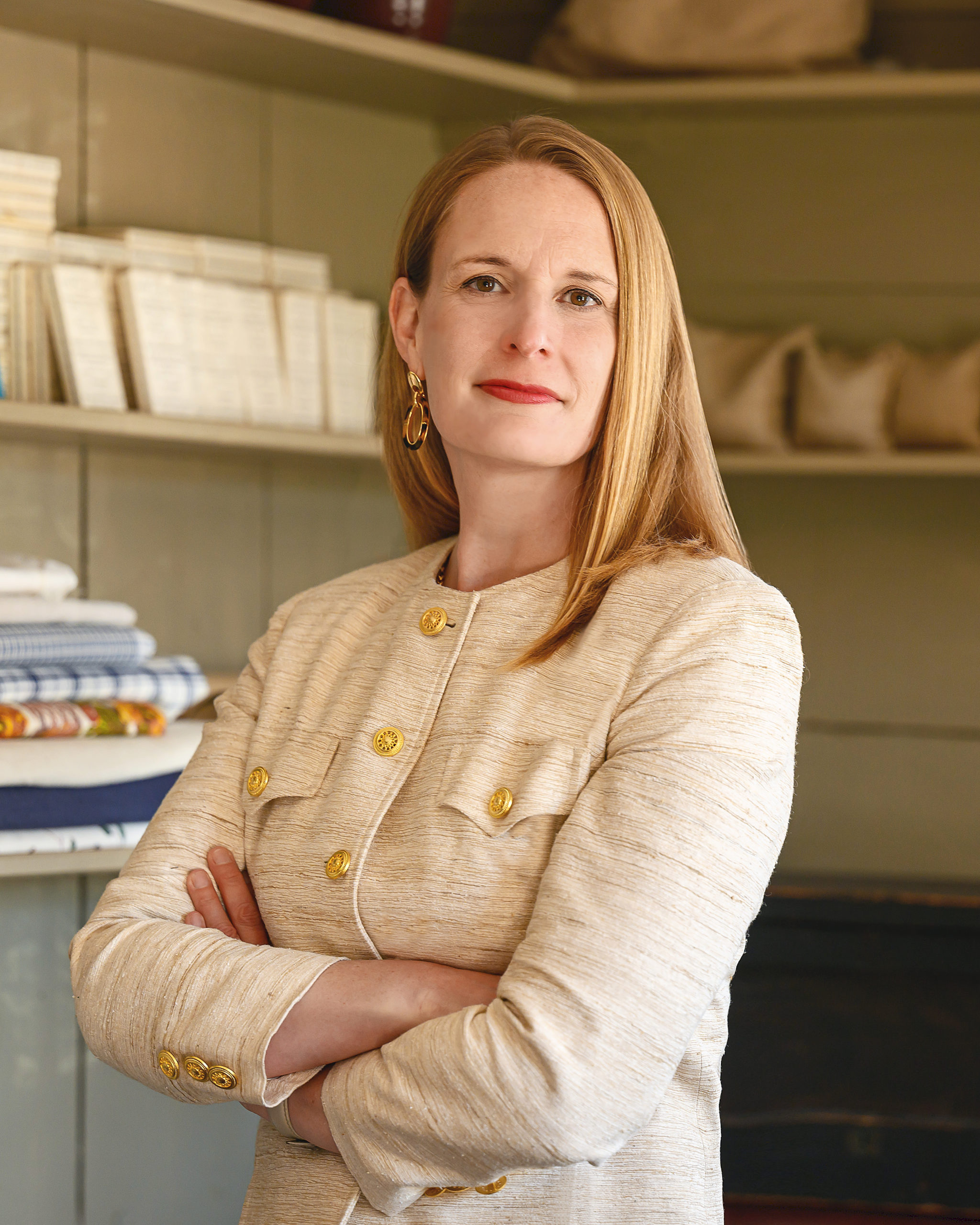
On March 6, Linnea Grim took over as president and chief executive officer of Strawbery Banke Museum in Portsmouth, N.H., succeeding Lawrence J. Yerdon, who retired after 18 years in the position. Grim comes to the museum after serving as vice president of guest experiences for the Thomas Jefferson Foundation, a private nonprofit that owns and operates Monticello. Strawbery Banke’s nearly 10-acre campus, including the historic buildings and historical gardens, is open daily through October 3.
She took some time from a busy schedule that began with the site’s opening on May 1 to answer some of our questions about the historic community.
In considering the position at Strawbery Banke, what impressed you about the organization?
I’d say three things. First is the range of history we cover at Strawbery Banke, more than 300 years of history. The second part that was intriguing to me was the focus on community. We’re looking at the change of a neighborhood over time and interactions among the neighbors, so it’s a really human story. And the third thing that really attracted me was the issue of sea-level rise and the initiatives we’re working on. We always talk about when we work at these historic sites how to be relevant to our communities today, and climate change and sea-level rise are two very pressing issues. We as a historic site are facing the consequences of sea-level rise. The idea that we can help other institutions around the country is fascinating to me.
Portsmouth celebrates its 400th anniversary this year. Does the museum have a slate of programs and activities to mark that milestone?
Yes. We’re opening a special exhibition, “Portsmouth’s Possessions” that will highlight some of the objects in a publication called 101 Portsmouth Objects that was done for the 400th. Very importantly, on August 12-13 we’re hosting the Piscataqua Powwow because we are committed to the idea of sharing the Abenaki history of the region and demonstrating the history that is pre-Colonial as well as what happened through contact. We’ve been working very closely with Indigenous leaders on the powwow, which will be conducted here on the large grassy area that used to be a waterway. Finally, at the end of the year, our annual Candlelight Stroll program will be looking at the holidays throughout the 400 years of Portsmouth history.
How has your nearly two decades of leadership experience dovetail with the museum’s mission?
I was at Monticello for 16 years, and I came up through the education side of the museum industry, so I am an educator at heart. I tend to do a lot of listening, ask a lot of questions and do a lot of activities that plan for the future. But the part of our mission that really resonates with me is the phrase “encounters with history.” I love thinking about how I can bring my years of education and guest experiences to thinking through how we do encounters with history here at Strawbery Banke. Knowing that we’re doing our preservation work in order to be making the connections between people who are alive right now and the remarkable history that’s here.
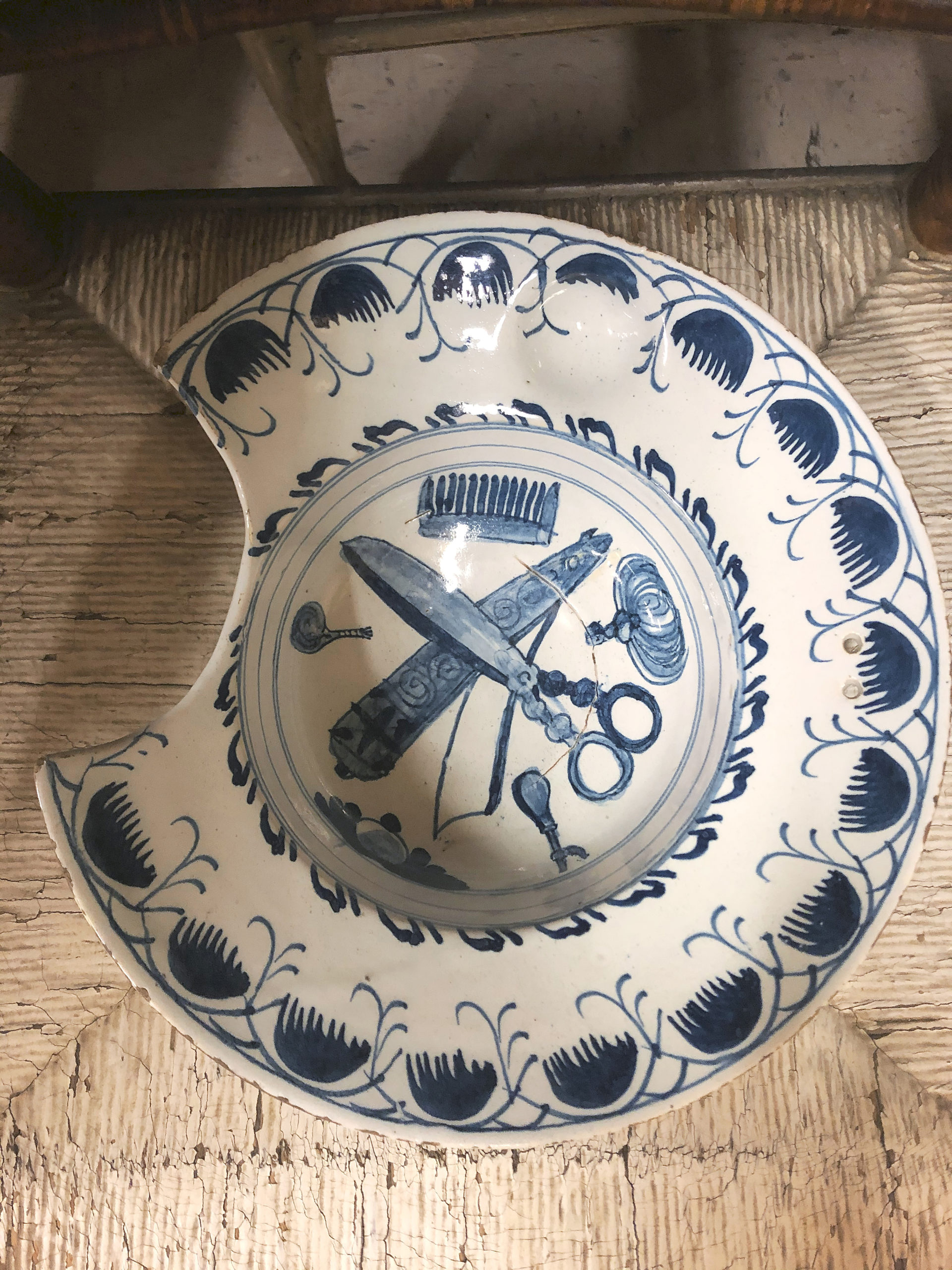
A particularly nice collection of ceramics going back to the Seventeenth Century and early Eighteenth Century includes one of Linnea Grim’s favorite items, a shaving bowl that is in pristine condition.
From your years at Monticello, what were some of the key initiatives in education and visitor programs that could be applied to Strawbery Banke?
At Monticello some of the work I was most proud of was what we did to connect with family audiences. We created an outdoor mountaintop activity, plus we were very committed to telling a complete history of Monticello, so of course talking about Jefferson and his contribution and telling the story of the enslaved community who were there. I see that dovetailing here at Strawbery Banke because the work that the staff here have been doing has also been interactive. The most recent house that we reopened to the public has a new exhibit in it — the Captain Walsh House. It is a house where everything is touchable to encourage families to go in and find out about the story of Captain Walsh and his family.
Strawbery Banke is considered a gem, of early colonial history. Are there some things that need to be reconsidered in telling that story of its Indigenous past for future visitors?
It is an essential part of our story — and in many parts of the country that story has been erased or ignored for many years. We’re very proud of our program called the Abenaki Heritage Initiative. It’s an interpretive initiative designed to enrich the stories of Native people in the seacoast region as we tell it throughout the museum campus. As part of that, we have an exhibit that’s open permanently called “People of the Dawnland.” Based on archeological evidence, we also created a wigwam in close partnership with the Abenaki. It was interesting for me to see that there was some of the first evidence of human inhabitation connected to what was very likely seasonal trips here to the seacoast. We have an augmented reality app in partnership with the University of New Hampshire called “Homeland,” which is just launching this year. You’ll be able to be on the property and learn more about the Abenaki history that you can’t see — all through the app.
Like Colonial Williamsburg, Strawbery Banke enlists costumed roleplayers to share the stories of families who lived in the waterfront neighborhood of Puddle Duck. Are such “living history” museums the best vehicle for educating visitors about the nation’s past?
At Monticello we had one costumed interpreter and only for a relatively short period of time — Bill Barker who used to portray Thomas Jefferson. So Strawbery Banke has actually been a fun change of pace coming here to where there are many costumed interpreters, who we call roleplayers. I think they’re brilliant in bringing history to life. When I started learning more about Strawbery Banke, I went online to see visitors’ comments. To me it’s striking that people talk about the natural beauty here and the power of place and then particularly our 1940s-era shops that we have onsite. There is a costumed roleplayer named Mary Ellen Wright who portrays a composite character called “Mrs Tucker.” And there are a number of people who talk about Mrs Tucker and have had these deep conversations with her. I can’t say enough nice things about our staff who just delve into the historic records. They really are historians.
—W.A. Demers

